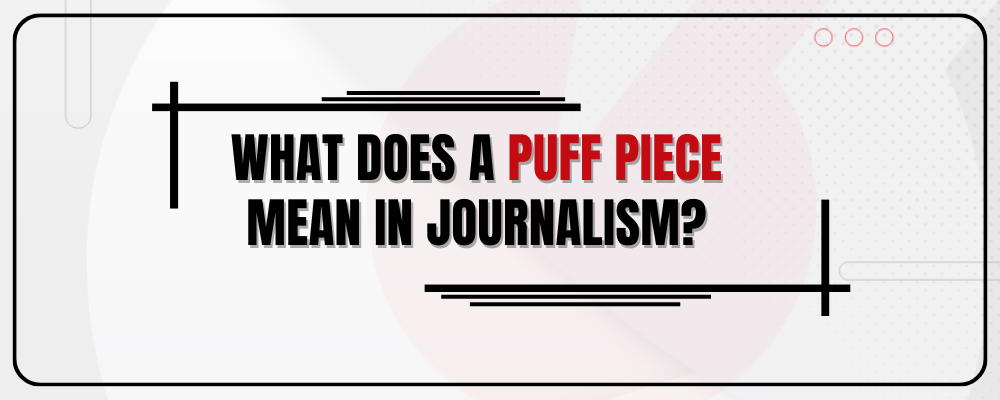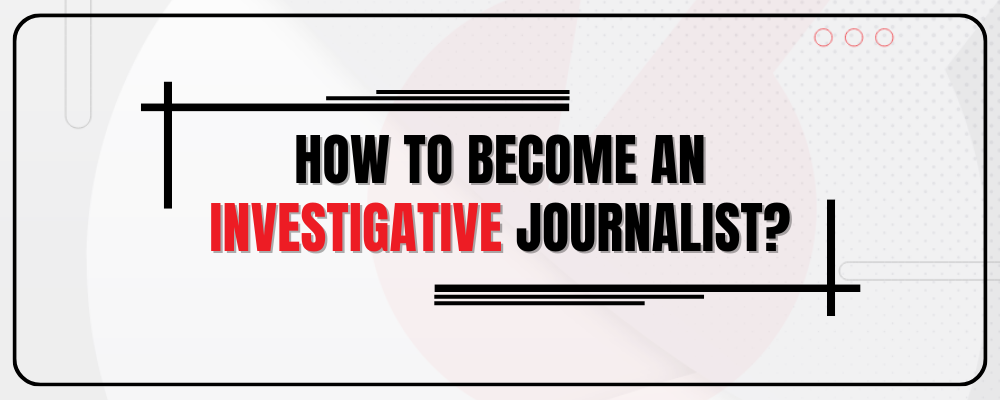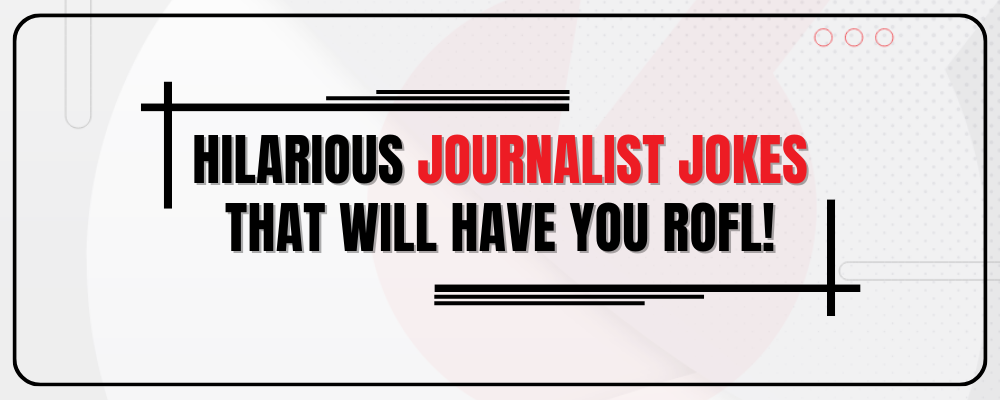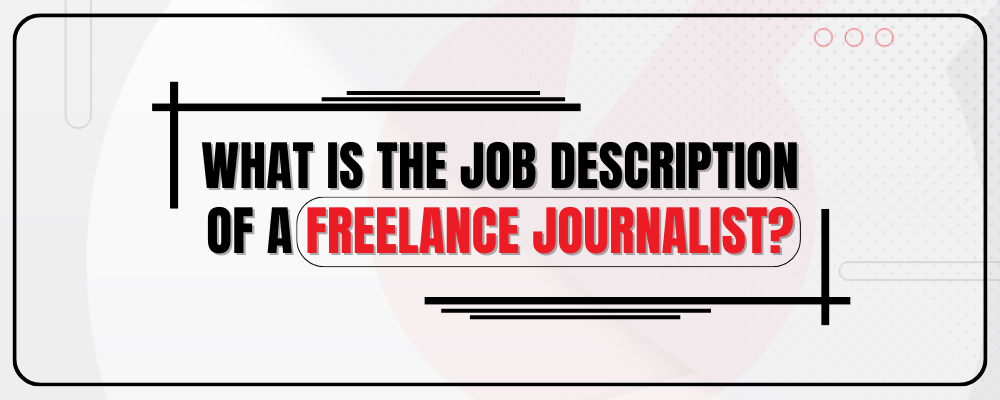A “puff piece” refers to an article that presents a person or product in an overly positive or promotional light.
It is a form of publicity or promotion rather than objective journalism because it exaggerates the positive aspects of something while hiding or ignoring all the negative aspects.
“At its core, the purpose of a puff piece is to promote somebody or something, and that’s exactly why it’s called a “puff piece” because it puffs up the positive side and doesn’t talk about the negative side”. said Sumaima Sheikh, a former journalist.
They’re very common in journalism, public relations, and advertising and are designed to generate positive publicity rather than provide critical or objective analysis”, added Sheikh.
Now, let’s go into more detail to explore the characteristics, purpose, and impact of puff pieces in media and communication.
Origin of “Puff Piece” in Journalism
The exact origin of the term “puff piece” in journalism is not precisely documented, but it became popular in the late 19th and early 20th centuries.
It was likely coined to describe a particular style of writing that excessively praised or promoted a person, product, or idea without maintaining journalistic objectivity.
During this time, there was a rise in sensationalism and yellow journalism, characterized by attention-grabbing headlines, exaggerated stories, and a focus on entertainment rather than factual reporting.
In this context, “puff piece” emerged as a term to criticize articles or pieces that lacked substance and were primarily designed to puff up or inflate the positive aspects of the subject.
Characteristics of Puff Pieces
1. Overemphasis on Positives
“In puff pieces, they really want you to think everything is super amazing. They don’t just talk about the good things, they make it sound like the best thing ever. Let’s say they’re writing about a person. Instead of just saying they did well in their job, the puff piece might say they’re the absolute best at it, using words that make them seem like a superhero.
And if there’s something not-so-great about this person, like a mistake they made, the puff piece might just skip talking about it. They want you to feel really positive about this person, so they don’t share anything that could make you think differently.” said Marc, PR consultant at Horizon Public Relations.
2. Limited Criticism or Negativity
In these stories, they’re super careful not to say anything bad about the person or thing they’re talking about.
It’s like they have a rule: “No negativity allowed!”
“If there’s something not-so-great about the topic, like a mistake someone made or a problem with a product, puff pieces act like it didn’t happen,” said Jacline Garcia, PR account manager from General Kreatives.
They want you to see the subject in the best light possible, so they skip over any problems or criticisms.
Let’s say they’re writing about a new video game. If there’s a part of the game that’s not very fun or if some players didn’t like it, the puff piece might not talk about that.
They’ll focus on how awesome the game is and skip the parts that might make you think, “Hmm, maybe it’s not that great.”
3. Promotional Tone
Imagine your friend has a favorite game, and they want you to play it too.
When they talk about the game, they don’t just say, “It’s cool.” They go all out, saying things like, “This game is absolutely amazing! You have to play it! It’s the best thing ever!”
That’s what we mean by a “promotional tone.”
Puff pieces use words and phrases that make whatever they’re talking about sound incredibly awesome and worth checking out.
It’s like they’re trying to sell you on the idea that this thing is a must-have or a must-try, much like an advertisement.
“They’re try to make you feel like you’re missing out if you don’t get on board with whatever they’re promoting” said Paul Ibrahimov from Deckk Communications.
4. Lack of Objectivity
Think about when you and your friend are talking about a new movie.
You might say, “It’s a good movie, and I enjoyed it, but there were a few scenes that I thought could have been better.”
Now, your friend, who really loves the movie, might say, “It’s the most incredible movie ever made! Every scene is perfect!”
This is similar to the lack of objectivity in puff pieces.
Puff pieces are like that friend who is so enthusiastic that they forget to consider different perspectives.
Instead of giving a balanced view, they only focus on the super positive side and avoid looking at things from different angles and being fair.
5. Entertainment Value
A puff piece is full of entertaining elements rather than a simple news report.
Puff pieces aim to entertain you, not just inform.
It contains a story with lots of energy, funny twists, and maybe a bit of drama to keep you hooked.
For example, if a puff piece is talking about a new restaurant, instead of just listing menu items, it might describe the atmosphere like a scene from a movie.
They’ll use words that paint a vivid picture, making you feel like you’re right there, experiencing the excitement and charm.
Purpose of Puff Pieces
1. Building a Positive Narrative
Puff pieces aim to create a general narrative to place something in a positive light. This narrative may not necessarily reflect the complete truth but is crafted to present a positive and appealing story.
2. Influencing Public Opinion
By downplaying negatives and emphasizing positives, puff pieces attempt to influence public perception. This can be particularly effective in shaping opinions about individuals, brands, or products.
3. Generating Interest and Excitement
Puff pieces often use sensationalism or hyperbole to generate excitement and interest. The goal is to capture the audience’s attention and leave a lasting positive impression.
4. Supporting Marketing Campaigns
Puff pieces contribute to generating buzz.
They act as amplifiers for marketing campaigns and help extend the reach and visibility in various media outlets, reaching audiences that might not be directly targeted by traditional marketing channels.
It often turns the marketing message into a topic of conversation among the audience and contributes to the overall success of the campaign.
Impact of Puff Pieces
1. Criticism and Skepticism
Puff pieces, by their nature, tend to focus on the positive aspects of a subject while downplaying or omitting potential drawbacks. This selective presentation can raise questions about the credibility of the information provided. Audiences may become skeptical, wondering if they are getting a genuine and unbiased portrayal.
Some people argue that such pieces can be tools for controlling public opinion in favor of a particular agenda, be it a marketing campaign, a celebrity’s public image, a politician or a company. When readers perceive that information is presented with a promotional agenda, it can undermine their confidence in the reliability and impartiality of media outlets.
2. Short-Term vs. Long-Term Impact
While puff pieces can create a short-term positive buzz but in the long run, this excitement might not last.
When people see too many puff pieces, they start to wonder if everything is as amazing as it’s made out to be.
They might become skeptical and not trust the information as much. It’s like when you hear a really exciting story over and over – after a while, you might start to question if it’s all true.
Also, the constant focus on only the positive parts can affect how much people trust the sources sharing these puff pieces.
If a news outlet or a website often publishes stories that are all about how great something is without mentioning any problems, people might start to think they’re not being completely honest.
Trust in the media is super important, and too many puff pieces can hurt that trust over time.
3. Ethical Considerations
From an ethical standpoint, the use of puff pieces raises questions about transparency and journalistic integrity because puff pieces often don’t tell the whole story.
This can make people question if they’re getting the real picture.
Being ethical means being honest and transparent, showing all sides of a story so people can make up their own minds.
If we only focus on the positives without sharing the full story, it might not be fair to the people reading or watching.
So, being ethical in media is about finding a balance – getting attention but also being truthful and responsible to the audience.






